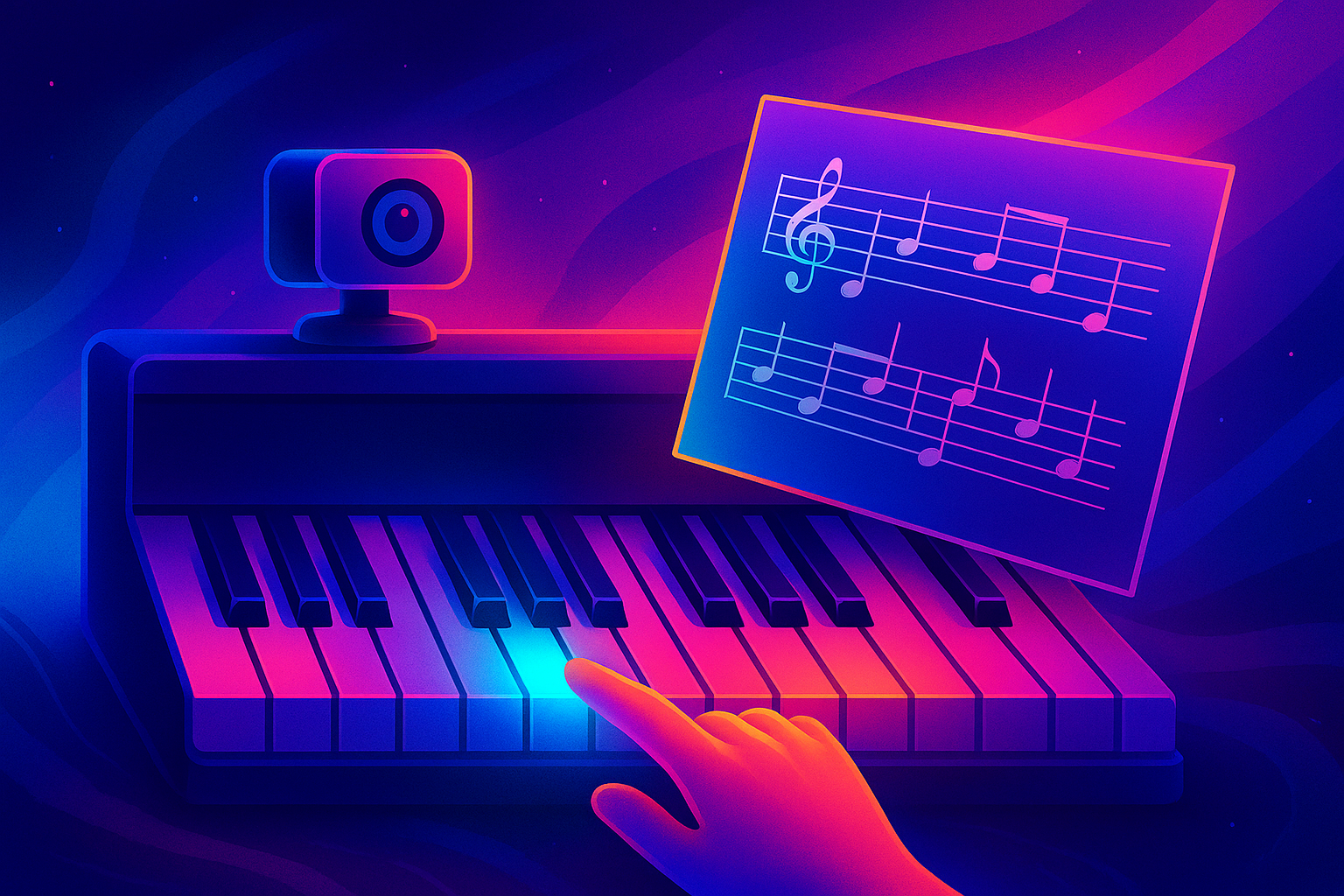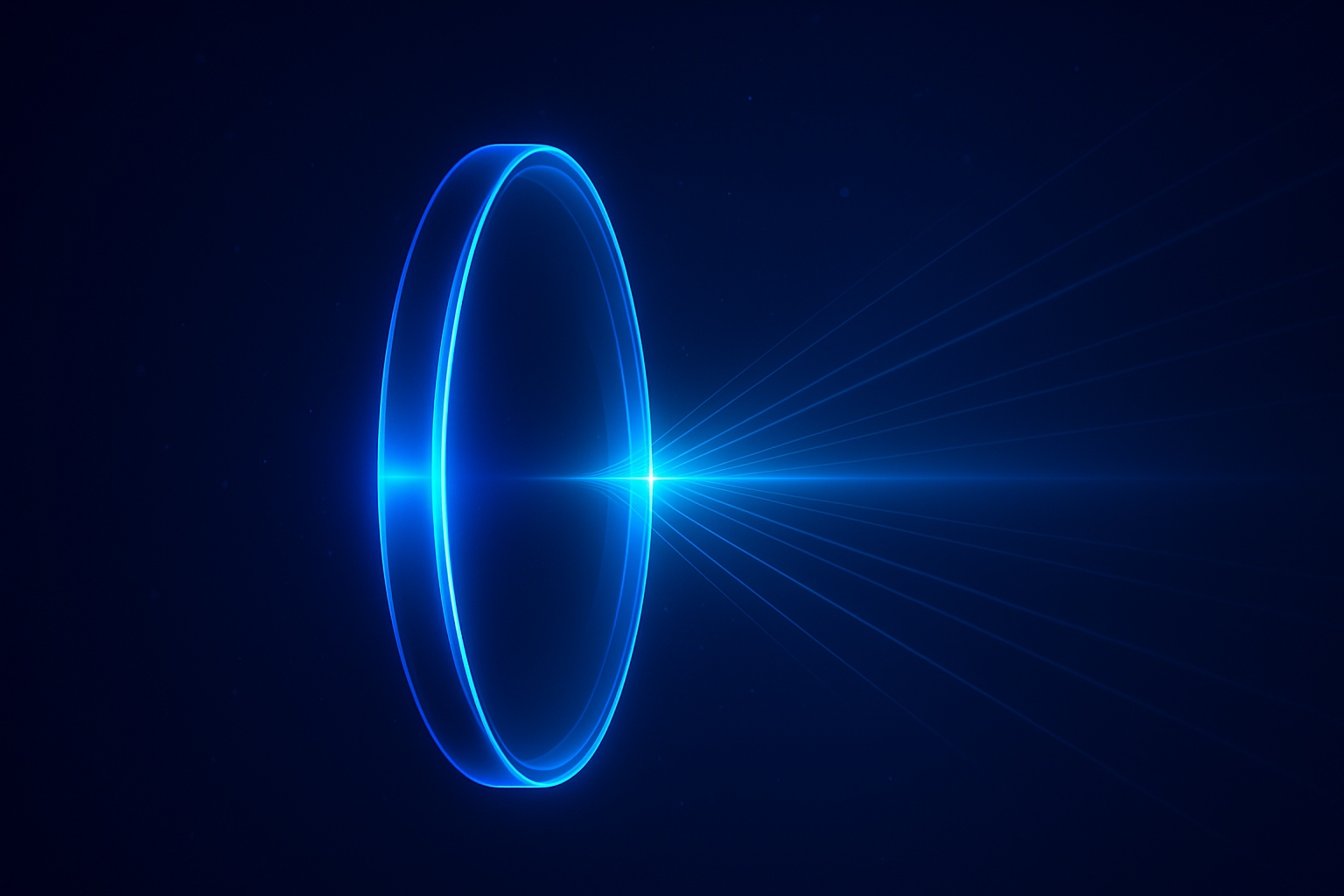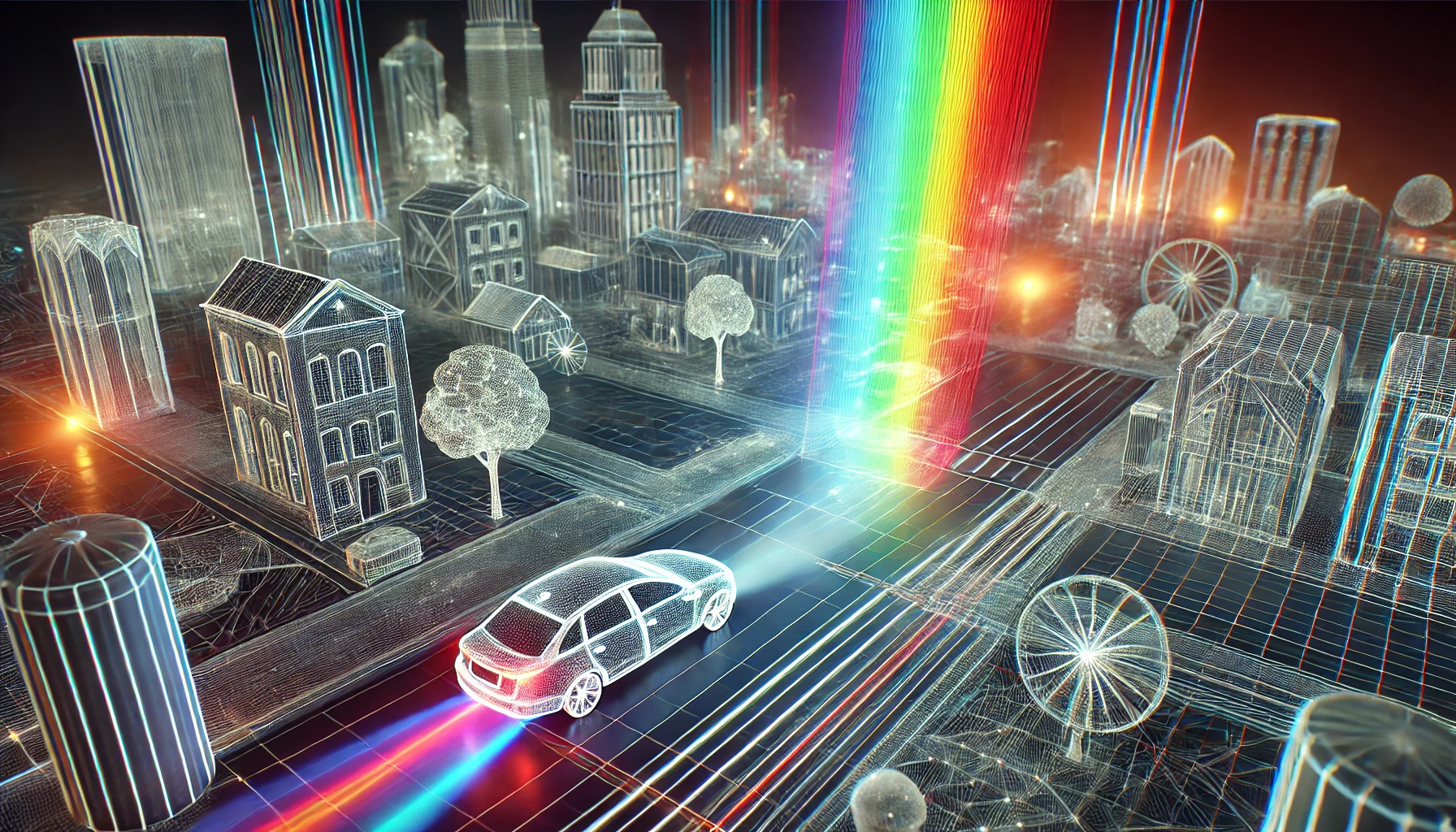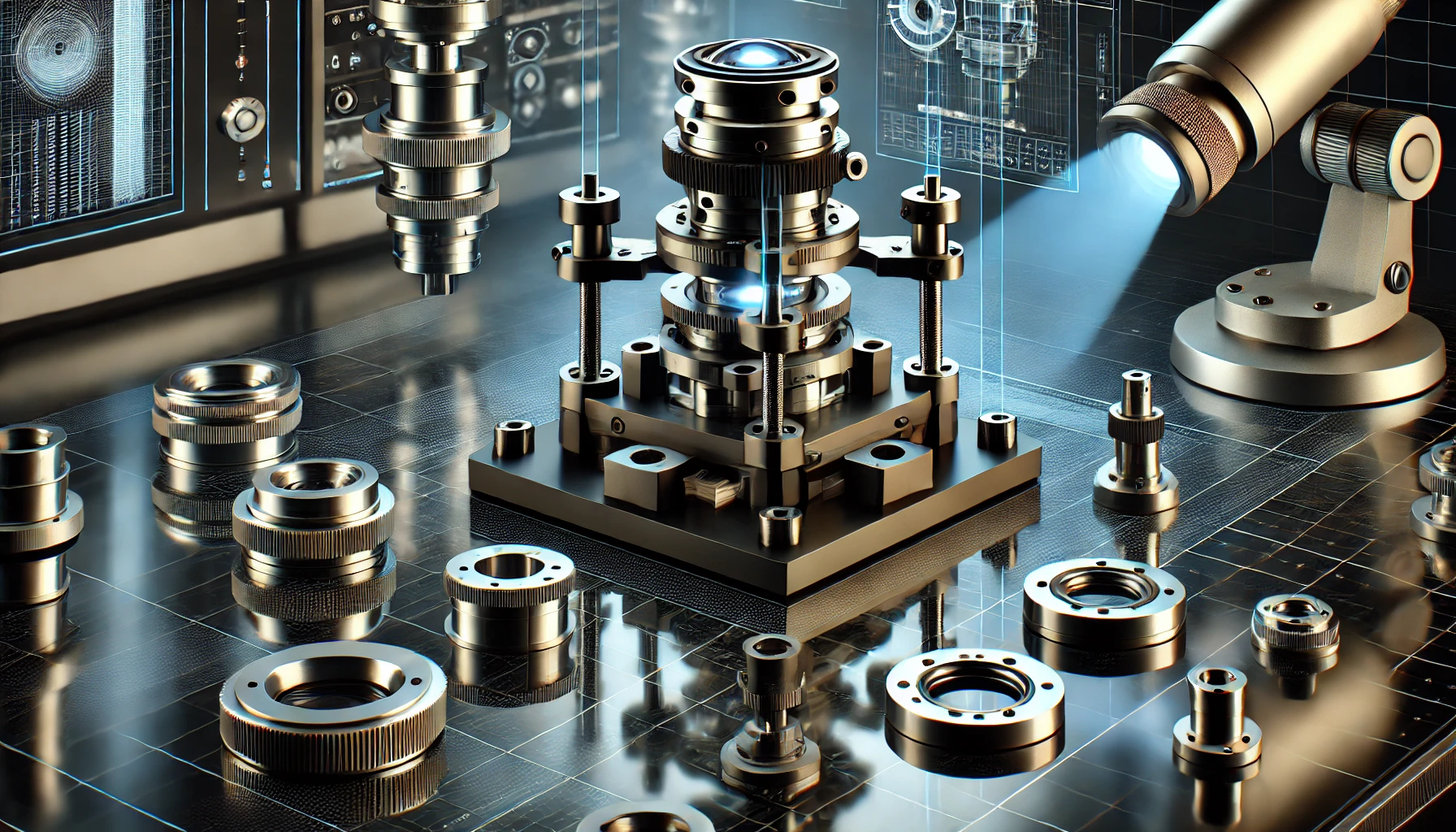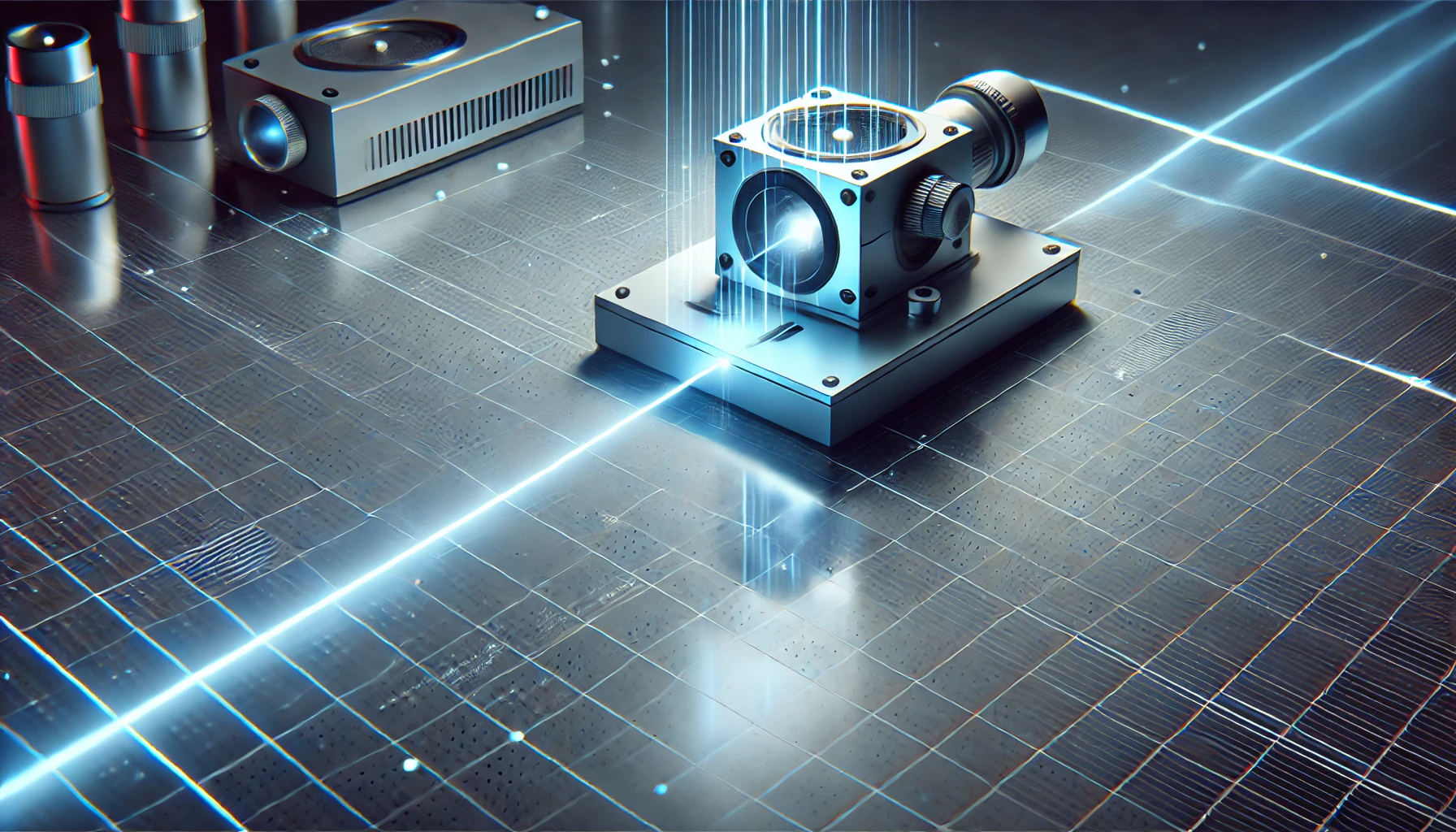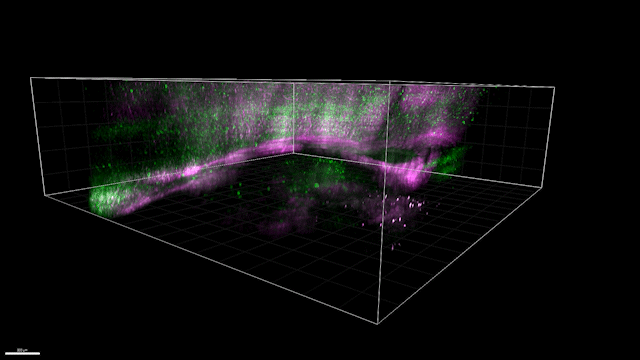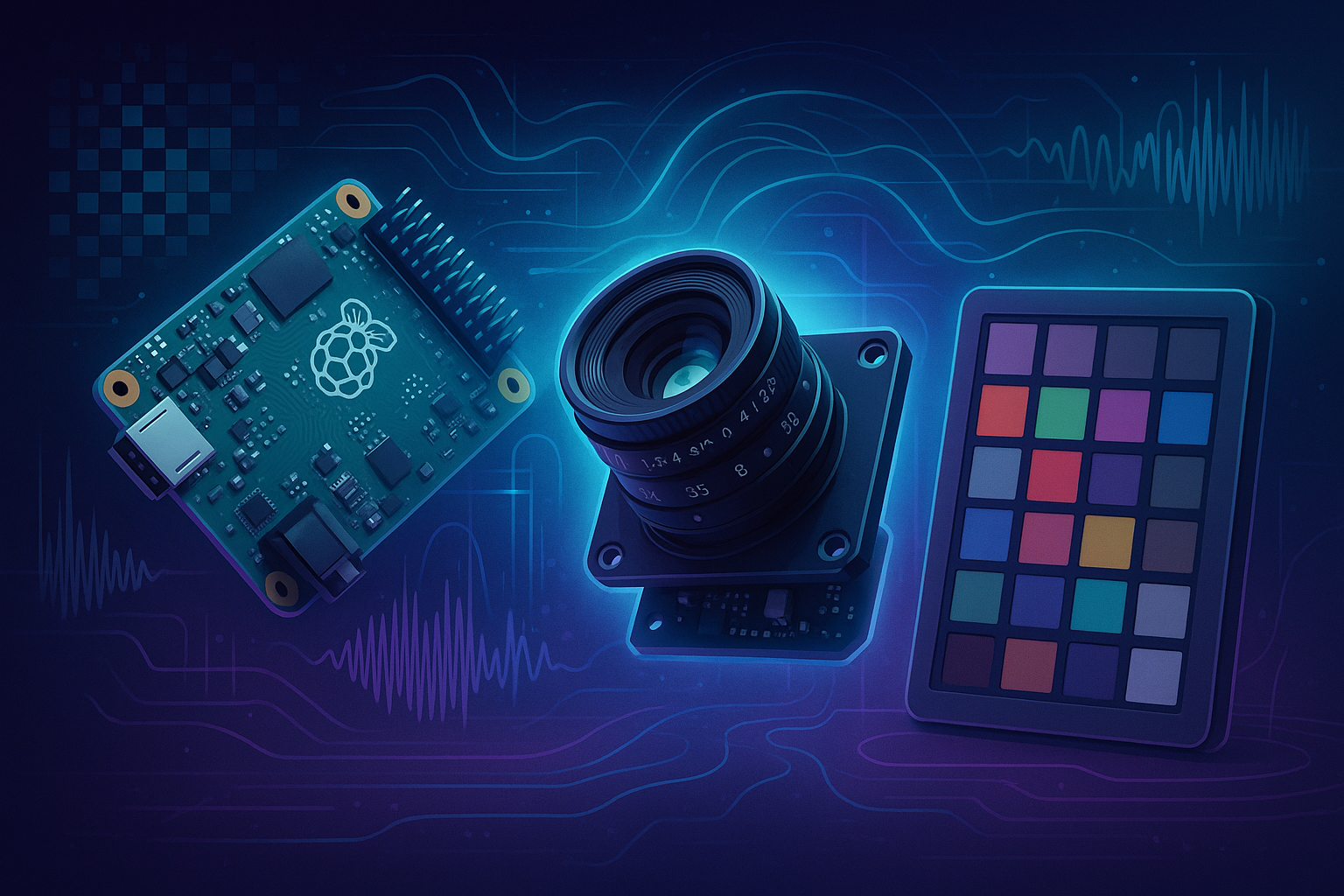
This post presents a custom, real-time camera image signal processing (ISP) pipeline developed from scratch for the Raspberry Pi HQ camera, designed to meet the precise control requirements for future stereo vision applications. The pipeline encompasses raw Bayer capture, stride correction, black level subtraction, demosaicing, white balance, and color correction calibration, and gamma mapping to sRGB. A reusable Python library is provided to support others working with raw data from the Pi HQ camera (See GitHub).
